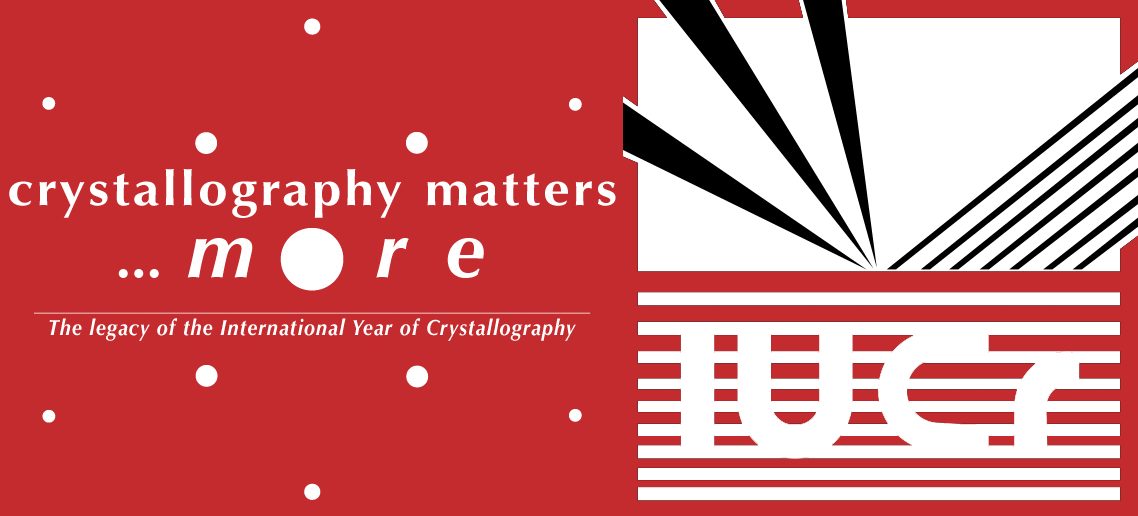issue contents
March 2021 issue

Cover illustration: (4-Aminopyridine-![[kappa]](/logos/entities/kappa_rmgif.gif) N1)(2,2'-bipyridine-
N1)(2,2'-bipyridine-![[kappa]](/logos/entities/kappa_rmgif.gif) 2N,N')(2,2':6',2''-terpyridine-
2N,N')(2,2':6',2''-terpyridine-![[kappa]](/logos/entities/kappa_rmgif.gif) 3N,N',N'')ruthenium(II) bis(hexafluoridophosphate) crystallizes with one dicationic Ru complex, two PF6- anions, and undefined solvent in the asymmetric unit. The cation and anions are linked via N-H
3N,N',N'')ruthenium(II) bis(hexafluoridophosphate) crystallizes with one dicationic Ru complex, two PF6- anions, and undefined solvent in the asymmetric unit. The cation and anions are linked via N-H F hydrogen bonding. The complex was explored previously to determine the impact of pyridine substitution on molecular excited states. See: Reed, Garner & Brennessel [IUCrData (2021). 6, x210287].
F hydrogen bonding. The complex was explored previously to determine the impact of pyridine substitution on molecular excited states. See: Reed, Garner & Brennessel [IUCrData (2021). 6, x210287].
inorganic compounds


 access
accessmetal-organic compounds


 access
accessorganic compounds


 access
access

 access
access

 journal menu
journal menu















![[publCIF]](/logos/authorchecklist11.gif)





